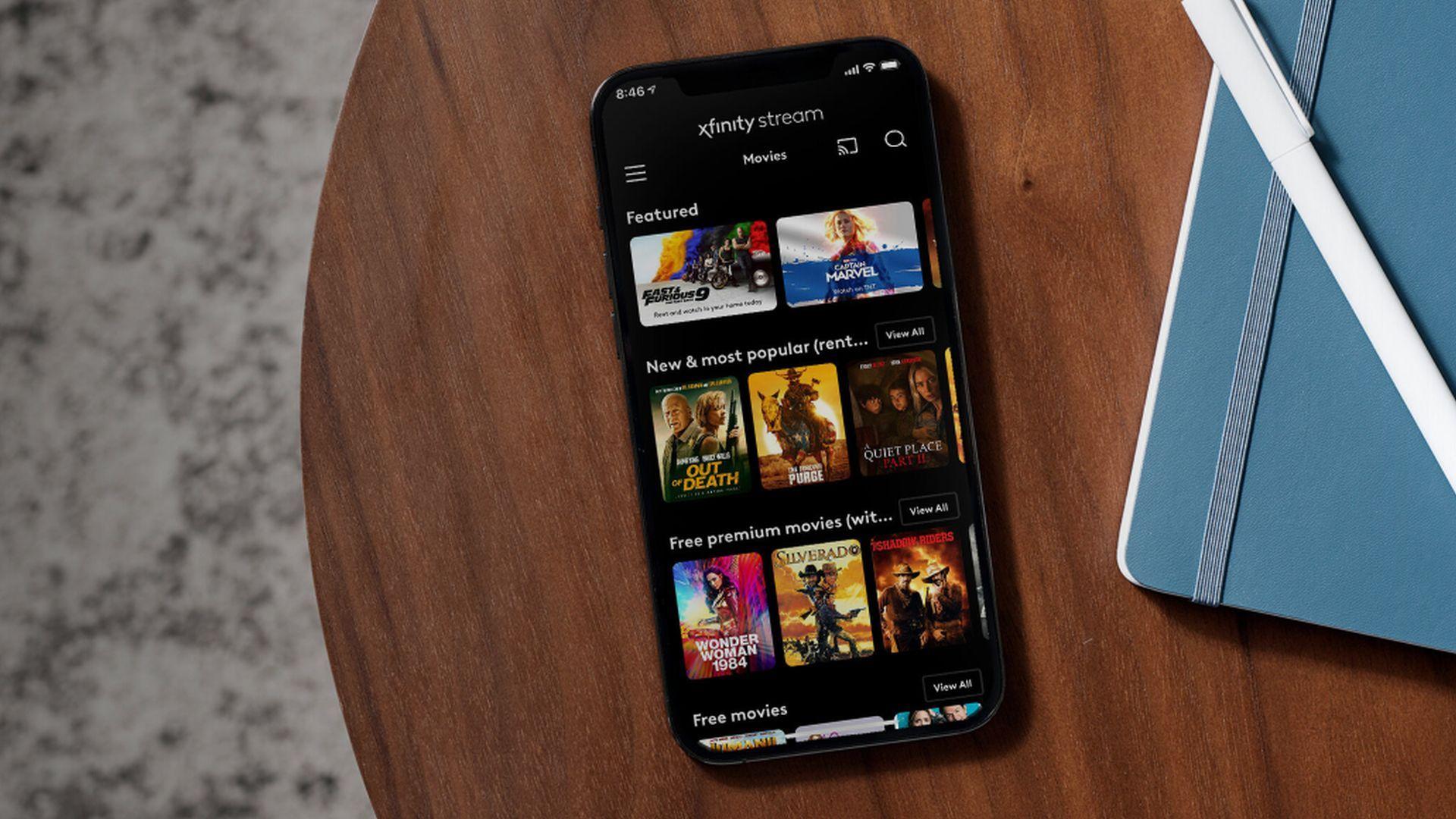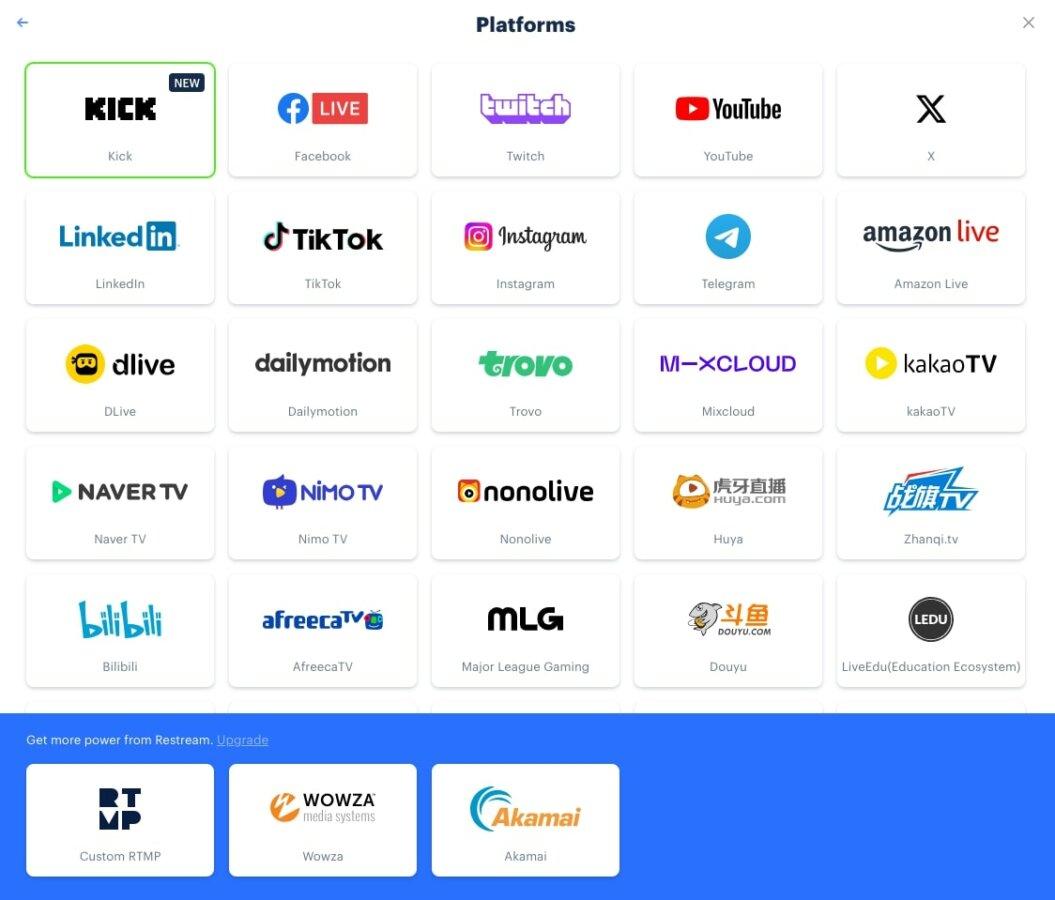In recent years, streaming platforms have revolutionized the way we consume media, offering unprecedented access to a vast array of content at the click of a button. As traditional cable subscriptions decline, these platforms have become essential entertainment sources for many households. However, this shift raises important questions about accessibility and affordability, particularly for low-income families who may face financial constraints. This article examines whether streaming services provide adequate support for low-income households, considering factors such as subscription costs, availability of free or discounted options, and the overall value proposition these platforms offer to economically disadvantaged communities. By exploring these aspects, we aim to shed light on the inclusivity of digital entertainment in an increasingly streaming-centric world.
Evaluating Affordability and Accessibility of Streaming Services
When analyzing the current landscape of streaming services, it’s essential to consider how these platforms address the needs of low-income households. While some platforms offer budget-friendly options, the pricing strategies and accessibility features vary widely. Here are some key aspects to consider:
- Tiered Pricing Models: Many services have introduced tiered subscription models, offering basic plans at reduced costs. However, these plans often come with limitations, such as lower video quality or restricted access to premium content.
- Ad-Supported Plans: Some platforms provide ad-supported plans at a lower price point, which can be more accessible for budget-conscious users. This model allows users to access content for free or at a reduced rate, albeit with interruptions.
- Bundling Offers: Partnering with internet providers or other services, some streaming platforms offer bundled deals that can result in overall cost savings for subscribers. These offers can make streaming more affordable when combined with existing expenses.
Despite these options, challenges remain in terms of accessibility. Internet access is a critical barrier, as streaming requires a stable and high-speed connection, which might not be available or affordable for all low-income households. Additionally, the need for compatible devices can further complicate accessibility. Streaming services need to consider these factors when developing strategies to enhance their support for economically disadvantaged users.

Assessing the Impact of Pricing Models on Low-Income Users
When evaluating how pricing models affect low-income users, it’s crucial to consider the affordability and accessibility of streaming services. Many platforms offer tiered subscription plans, but even the most basic plans may still be out of reach for some users. This raises questions about the inclusivity of these services. While some platforms have introduced ad-supported free tiers, the quality and availability of content on these tiers can be significantly limited compared to paid options.
Key factors to assess include:
- Flexibility in Payment Options: Are there monthly, quarterly, or annual payment plans that allow users to manage their finances more effectively?
- Discounted or Subsidized Plans: Are there any offers or programs specifically designed for low-income households?
- Content Availability: Does the content available on lower-priced plans meet the entertainment and educational needs of users?
Understanding these elements can provide insight into whether streaming platforms genuinely support diverse economic backgrounds or if there is a need for more inclusive strategies.

Exploring Content Diversity and Relevance for Economically Disadvantaged Viewers
Streaming platforms, with their vast libraries, have the potential to serve a wide array of audiences, including those from economically disadvantaged backgrounds. Yet, the question remains: Are these platforms truly catering to the diverse needs and interests of low-income households? Content diversity is crucial for these viewers, as it provides not just entertainment but also educational resources and cultural representation. Many streaming services offer tiered subscription models that might include free or low-cost options. However, it’s essential that these tiers still offer a substantial variety of content, ensuring that financially constrained viewers are not relegated to a limited selection of shows and movies.
In terms of relevance, the programming should reflect the experiences and challenges faced by economically disadvantaged communities. This can be achieved by including:
- Documentaries that address social and economic issues
- Educational programs aimed at skill development
- Content that showcases diverse cultures and perspectives
By prioritizing both diversity and relevance, streaming platforms can not only expand their audience base but also play a significant role in educating and empowering low-income households.

Recommendations for Enhancing Support for Low-Income Households
- Sliding Scale Pricing: Implement a tiered subscription model that adjusts prices based on income levels. This ensures accessibility for all, without compromising the platform’s revenue. By offering plans that align with different financial capabilities, streaming services can reach a broader audience while fostering inclusivity.
- Community Partnerships: Collaborate with local organizations and non-profits to provide subsidized or free access to streaming services. Such partnerships can help identify households in need and deliver targeted support, enhancing the platform’s community impact.
- Flexible Payment Options: Introduce diverse payment methods, including prepaid plans and pay-as-you-go options, to cater to varying financial situations. Flexibility in payment can alleviate the burden of monthly commitments, making services more manageable for low-income households.
Educational Content Access: Streaming platforms can bolster support by offering free access to educational content for children and adults in low-income families. This not only aids in personal and professional development but also enriches the value proposition of the service. Encouraging lifelong learning can have lasting benefits for households struggling to make ends meet.







































